With a rumored replacement for Canon’s G1X is just days away perhaps its irrelevant to discuss “last year’s model”. But you may find this useful if G1X prices drop, especially if you like to travel light but aren’t willing to give up high quality photos.
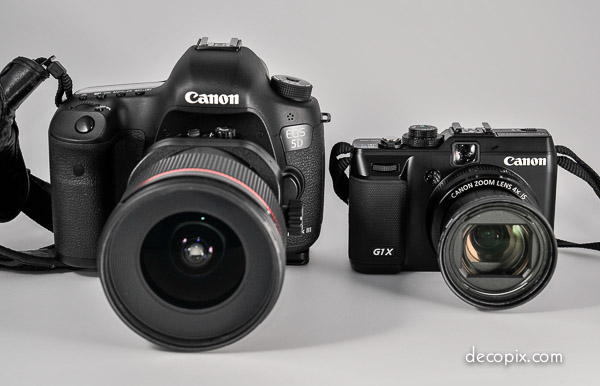
…Depends on what you’re comparing it to. (These two are more closely matched in image quality than the first two.)
Having used the G1X for over a year, the bottom line is that the camera has some drawbacks and three big positives: (1) It’s small and light, relative to what it delivers (2) the lens is outstanding and (3) the image quality is equivalent to a camera with a pretty large sensor because the G1X has a large sensor. You’ll notice I didn’t mention megapixels because with a decent sized sensor they are scarcely relevant for all but the most critical uses. The G1X has 14 megapixels and the $3000 Nikon D700 that was used to shoot the photos of the G1X in this post has “only” 12.
At the G1X’s introductory price of $800, I wasn’t buying. The argument typically made here is that an entry level SLR with a lens can be had for much less. This isn’t entirely true because the lens on the G1X is exceptional and not directly comparable to the “kit” lenses that come with less expensive SLRs. Nonetheless, $800 is a lot of money for portability and if you already have a good big camera, a smaller, lighter package is really all the G1X offers.
Thanks to Canon USA’s generous rebates, the price of the G1X has fluctuated like crazy, at one point just $400 and if a new model appears I expect we will see this price on the G1X again. When the price hit $400, I had already owned a Panasonic LX5, an Olympus EP2, an Olympus XZ-1, a Fuji X10 and a Sony RX-100. All these cameras were awash in the latest features and a pleasure to use. But sooner or later I found myself looking at an image that was a little soft or lacking in detail and wishing I had used one of my big SLR cameras. Close, but no cigar.
So what do you get from the G1X’s big sensor? Test reports have emphasized the G1X’s low-light performance and not surprisingly its big sensor gives very low noise up to ISO 800 and usable results at ISO 1600. What hasn’t been stressed is just how good the G1X is at 100 or 200 ISO. Those of us who grew up with film somehow got by with speeds in the 25-800 range so the fact that a camera can be used (with significant quality loss) at 6400 or higher is nice to know but only as a last resort.
One other thing you can do with a large sensor is cheat a bit with cropping. The G1X’s lens goes to 60.4mm at the telephoto end–a relatively modest 112mm in old fashioned 35mm film camera terms. It’s considered poor technique, but if the G1X doesn’t have enough reach, the image quality is usually good enough to allow cropping.
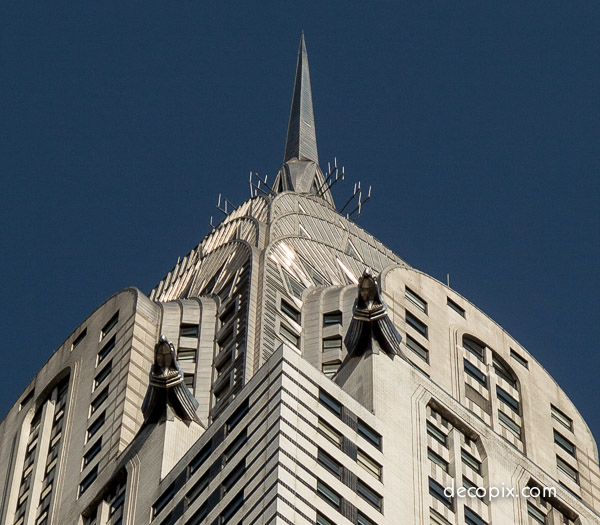
Still sharp and detailed with more than half the original cropped out. I might adjust that Canon-blue sky, though.

Abandoned smokestack. Canon G1X infrared “full spectrum” modified by Kolari Vision. Same camera; just a different filter and a different white balance.
With the great image quality, small-ish package, what’s not like? It’s just not a zippy camera. Focusing is too slow for action shots and the lens is pretty slow as well–a problem if you want shallow depth of field for out of focus backgrounds. The much maligned optical viewfinder is poor but high-quality optical finders that zoom can cost as much as the entire G1X, yet still not be as accurate as the G1X’s excellent LCD (which swings out if desired.)
Of course your requirements may be different. And even for me, there are two areas in which the G1X’s great image quality doesn’t entirely offset the drawbacks. One, close focusing. The G1X doesn’t, period. As mentioned above, you can crop your shot and have a a pretty high quality “close up” but if you are used to focusing 1/4 inch from the front of the lens, ain’t gonna happen.
The other thing, which is typical of compact cameras (except Fuji, who have it licked) is the G1X can clip highlights (means leave areas of blank white where the subject was too bright for the camera). This can happen with any camera (film, too) and it’s something to be aware of. For high contrast scenes where this is a concern, I’ve found the G1X really benefits from using RAW format. In theory, any camera capable of creating RAW files will preserve more highlight detail in RAW files than with .jpeg files. But, with the G1X, shooting RAW really pays off.
It’s natural that when somebody picks up a camera and it seems sluggish or lacks cutting edge features, they decide it’s not for them. Here are a few good things that I didn’t notice myself until I used the G1X for a while.
–The camera has two “custom” settings. This is a great feature where the camera memorizes a combination of all your settings, for instant recall. Certainly not unique but very handy.
–Two custom white balance settings. So? For my infrared-modified G1X, which can shoot both infrared and regular photos but requires a different white balance for each, this is a big deal, making the switch from “regular” to infrared very quick.
–“Intelligent” image stabilization. A lot of cameras and lenses with image stabilization (aka vibration reduction) require the user to change the IS setting when panning, shooting video, etc. I never remember to do this but the G1X detects these things automatically.
Finally, this may seem like a stretch (and I don’t want get into the world of mindless camera “fans” who rationalize every flaw in their favorite company’s product), I like the fact that the G1X does not have interchangeable lenses. After all, the point here is to have something portable that will cover most situations. Sure, you could get a similar size camera and a bunch of lenses but each additional item makes it less likely you’ll take the camera with you or have the right lens when you need it, while at the same time adding size, weight and cost. And if you travel a lot, there’s no better way to keep your camera’s sensor free of dust than using a fixed lens camera.
In case you’re wondering how the G1X performs with other types of photography besides architecture, have a look at these.
So what will the new G2X or G1X mk II have? I think it’s surprisingly easy to guess. Faster operation, faster lens, wide angle to 24mm equivalent (vs. 28mm currently), closer focusing, 18-22 megapixels. Those things seem obvious and I’ll speculate on two more. Some kind of electronic viewfinder (because these are cheaper than top-notch optical finders) and a pretty high price. If the rumors are true, we’ll know soon enough if I should be in the fortune telling business.
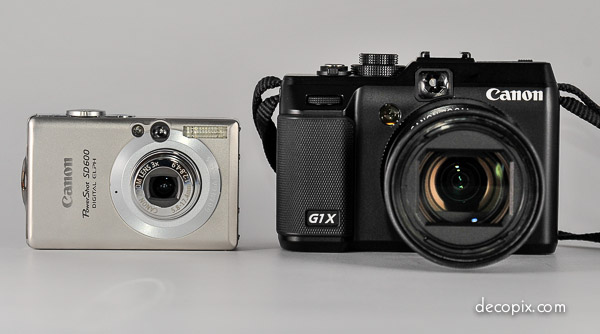
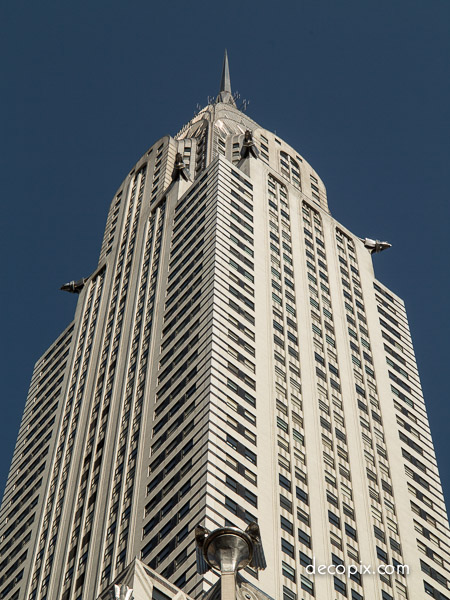
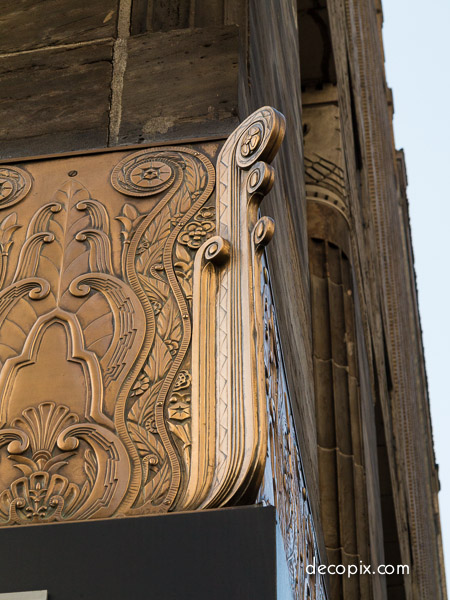
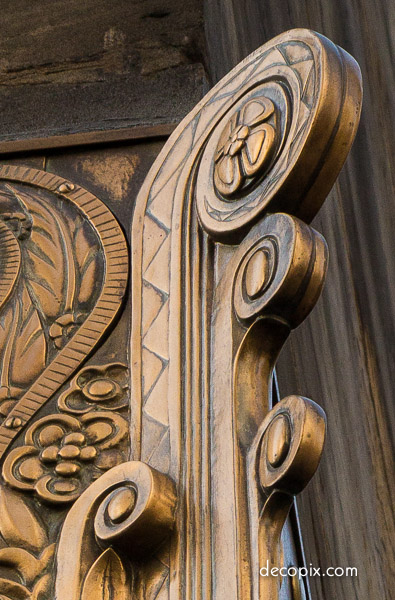
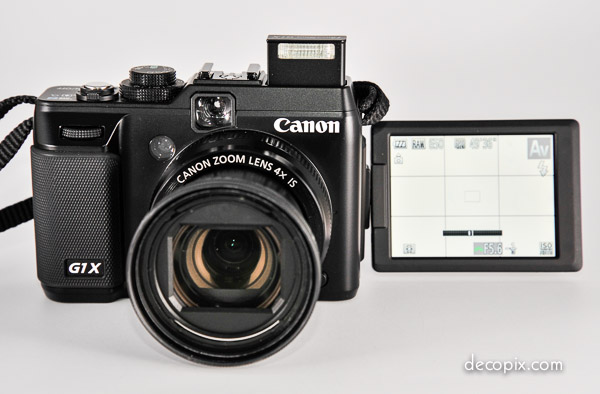
Yes. You should be in the fortune telling business!!
The G1x ii has been out for a while and overall it is a big improvement. Comparable cameras might be better in some respect or other but the the total package of the Canon is hard to beat.
The only thing you got wrong is that the G1x ii does not have more Megapixels, but as those of us that are photographers (rather than gear freaks) know, we don’t need more megapixels unless our needs are unusually specialised.
Thanks, TR. By the way, I wasn’t suggesting that more megapixels would be useful; I assumed (wrongly, in this case) that an increase in mp was inevitable in the normal process of marketing. So far, I haven’t gotten around to getting a G1X II, but I still might if prices come down. I have some concerns about lens quality at the 24mm setting, but you could argue that the original G1X doesn’t offer that at all. Thanks for your comment.